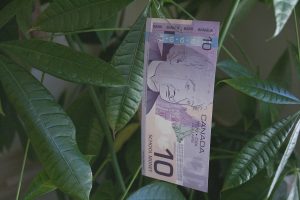
We know how important it is to think ahead and be prepared for the future, so we chatted with Suzanne Smith-Demers from Investors Group about RDSPs, and why people should have one. Be sure to speak to a financial advisor before making any decisions, as each individual is unique, and every province’s exemptions and rules may differ. Here’s what Suzanne had to say:
What is an RDSP?
A Registered Disability Savings Plan, or RDSP, is intended to provide long-term savings and increase income in retirement. Because there are added costs for individuals with a disability, the federal government provides additional benefits for these plans.
Who can open an RDSP?
Any resident of Canada who has a valid Social Insurance Number and who is eligible for the federal Disability Tax Credit (DTC). The plan can be opened for children as young as newborns, and adults as old as 59. The individual who qualifies for the DTC may open it, or they may do so with the assistance of a caregiver.
How do you open an RDSP?
First, speak with a knowledgeable advisor at a financial planning company or major bank, as there are many options that can be unique to your situation. You must also have approval to receive the DTC before opening an RDSP. Then, consider who will make the decisions about the plan.
The next step is to determine if you want to make regular monthly contributions or single contributions. The contributions can come from your own account, or from a friend or family member. There is no obligation to contribute to the RDSP; the plan can be established with $0.
What are the benefits?
The most significant are the exemptions RDSPs receive. Government disability benefits and provincial programs such as AISH are limited when the individual has assets or earns income higher than a set amount. Savings held in the RDSP don’t count as as part of the asset tests, and income received from the RDSP won’t affect income tests.
Another benefit is the money that can be received from government grants and bonds. The grants are received as a percentage of the contributions you make, and they range from 100% to 300%. The bonds are provided without any contributions on your part, and are based on income levels. They can be as much as $1,000 per year. When it’s time to take money out of the RDSP (generally in retirement), it can be set up as a self-made pension plan and provide income to the beneficiary each year.
Why is it important to have an RDSP?
An RDSP provides access to additional government funding. Once the plan is established, applications for the Canada Disability Savings Bond (CDSB) are processed automatically every year until the beneficiary turns 49. If you would like to add your own savings, the CDSB will double or triple your money, though there are limits to this.
If you would like more information RDSPs, please email us at info@ddrc.ca.
Comments have been edited for length.